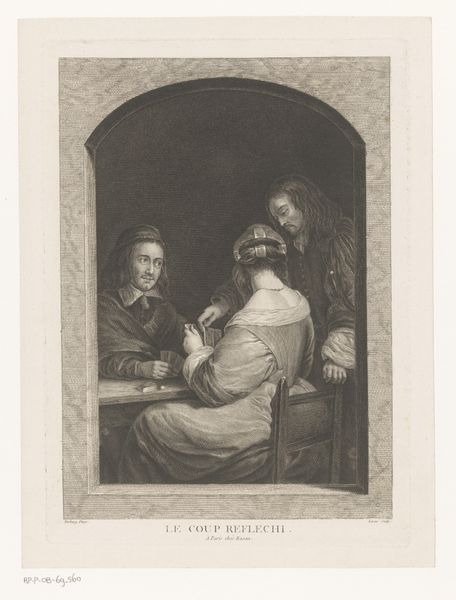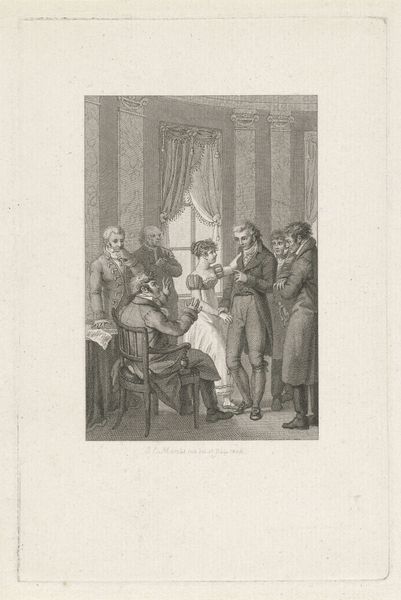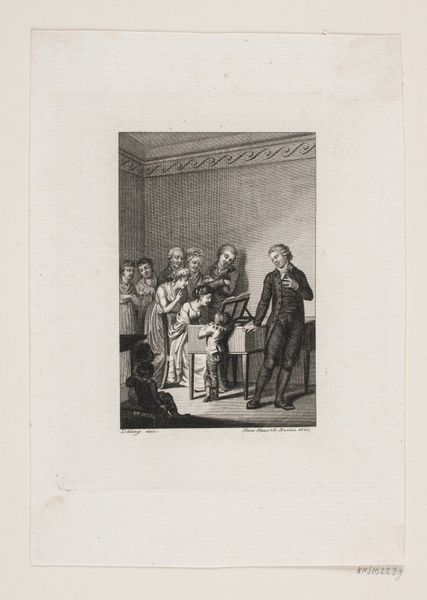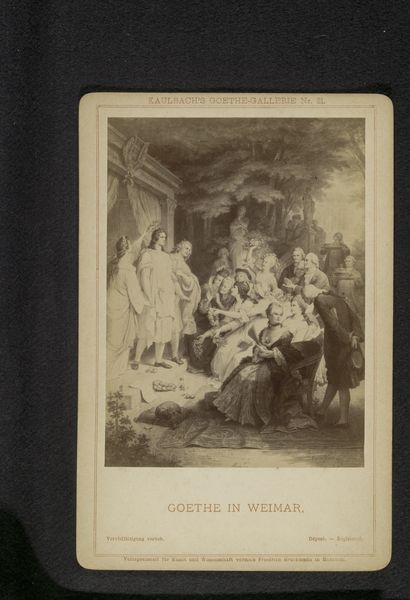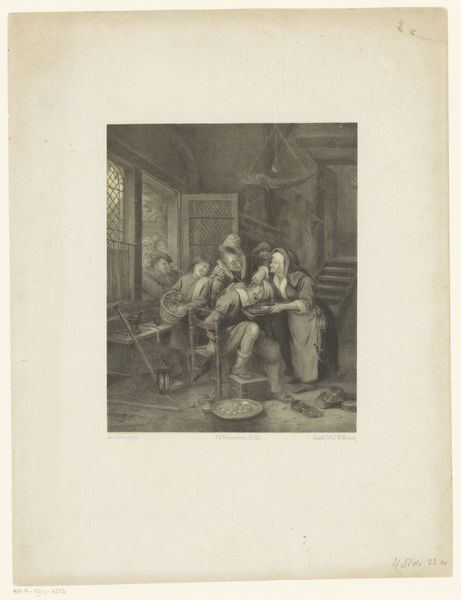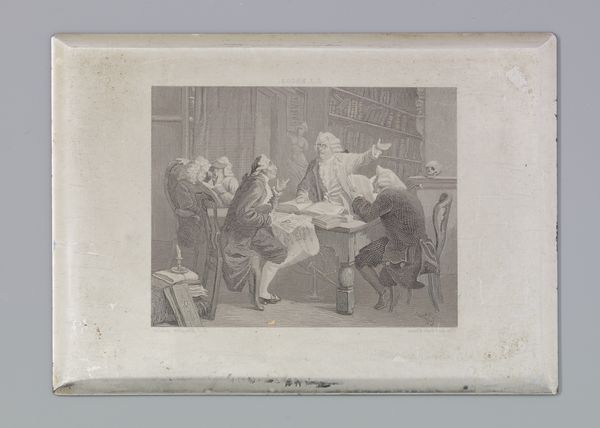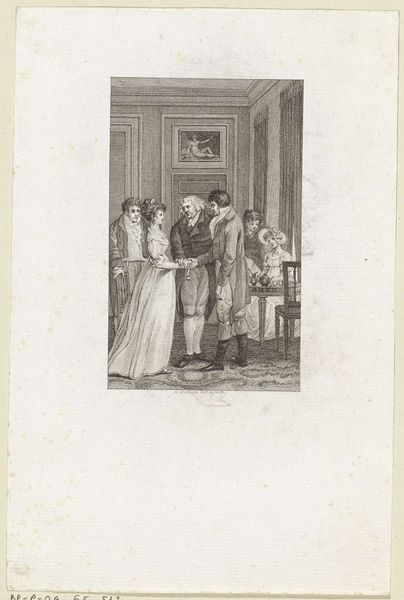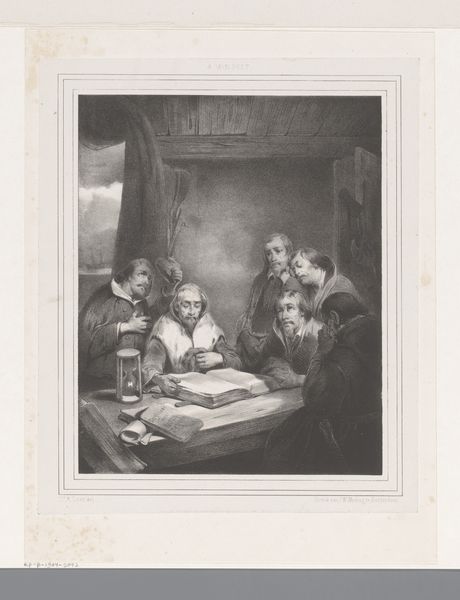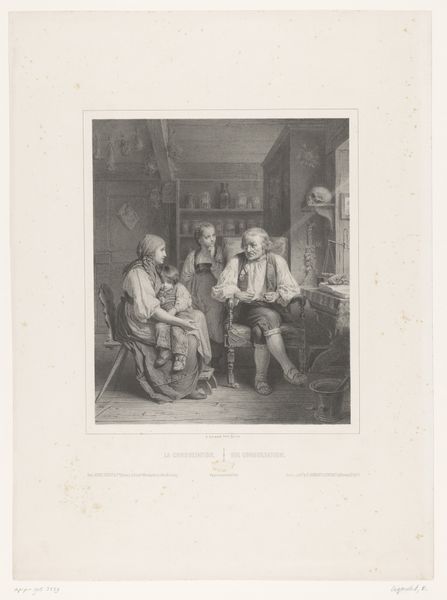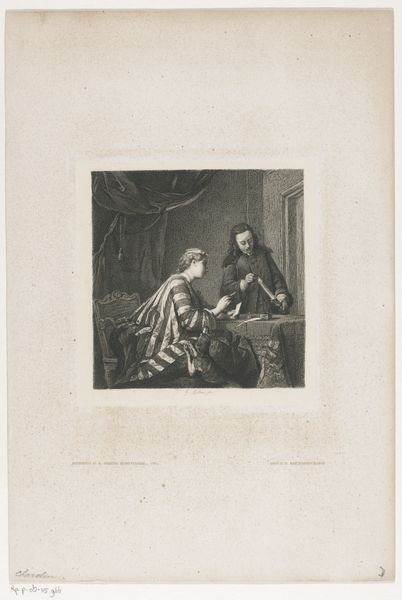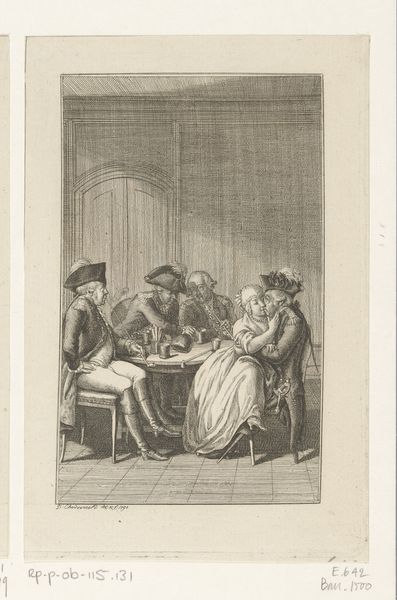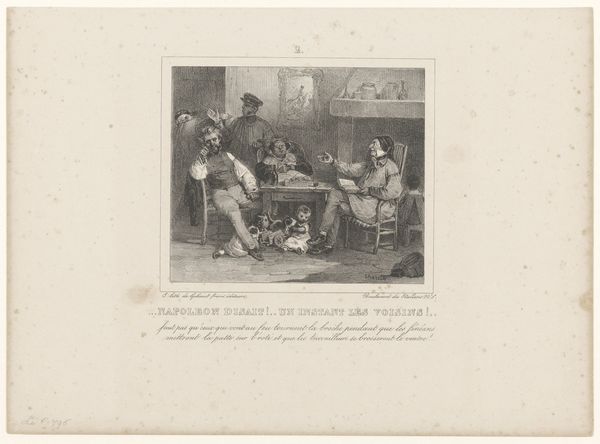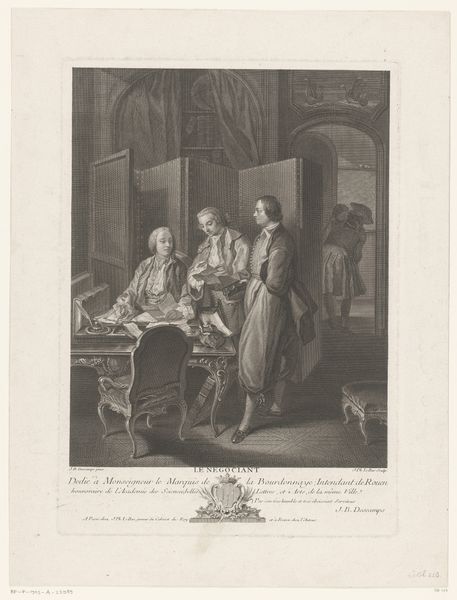
Fotoreproductie van een gravure van Pieter Dirksz. Hasselaar tijdens het Beleg van Haarlem in 1572 1850 - 1900
0:00
0:00
print, photography, engraving
#
narrative-art
#
dutch-golden-age
# print
#
photography
#
genre-painting
#
history-painting
#
engraving
Dimensions: height 82 mm, width 57 mm, height 104 mm, width 63 mm
Copyright: Rijks Museum: Open Domain
Editor: This is a reproduction of an engraving, depicting Pieter Dirksz. Hasselaar during the Siege of Haarlem in 1572, dating from between 1850 and 1900. It’s rendered in monochrome, and it feels incredibly dramatic; like a pivotal scene ripped from a play. What do you see in this piece? Curator: This image encapsulates how history becomes a cultural artifact. It isn't just a straightforward depiction of an event, but a reframing of it through the lens of 19th-century artistic and nationalistic sentiments. How do you think this image might have functioned in the latter half of the 19th century? Editor: Well, given the rise of nationalism in that period, it feels like this image served to create a hero for the Dutch people. It’s about inspiring patriotism and conjuring a sense of shared identity through a historical narrative. Curator: Precisely. Note how Hasselaar is positioned; not necessarily as a military leader, but as someone vulnerable, almost a sacrifice. It's playing on the emotional connection to the event rather than offering an objective record. The photograph, then, amplifies the original engraving’s message for a wider audience. Do you agree that this act of reproducing and circulating historical narratives can be considered a form of political action? Editor: I do. Making the past tangible like this definitely gives it renewed power and can mobilize people. It underscores how selective our memory of history really is, shaped to suit specific cultural and political needs. I never really considered photographs this way before! Curator: Exactly! History isn’t static; it is continually being remade in the present. Looking at historical artworks allows us a powerful view into the society that made them.
Comments
No comments
Be the first to comment and join the conversation on the ultimate creative platform.
